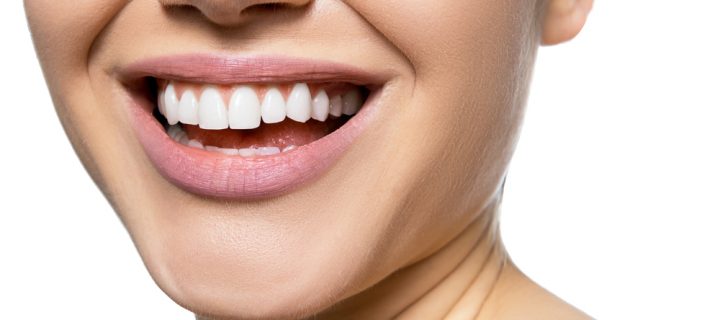Over time, many people see a difference.
Like many people, you may be looking for whiter, brighter teeth. Whitening treatments at the dentist can be pricey and whitening strips can make for an uncomfortable process that takes repeated applications and time. Many people find they turn to whitening toothpaste instead as a cost-effective alternative they can use as a permanent solution. But do whitening toothpastes really work?
Here’s what the experts say.
Whitening toothpaste targets the surface
Everyone has differently-colored teeth. Dental experts say that human teeth come in four color families of varying shades: red/brown, yellow/red, gray, and gray/red. You can’t change the natural color of your teeth and this is why some people find they can’t quite obtain the whiteness they seek even with bleaching products. You can work to keep the surface free from stains and discoloration, however.
Whitening toothpaste works by dissolving stains through the application of peroxide or other chemicals that break the stains down. Some whitening toothpastes contain something called covarine, a blue chemical that sticks to the surface of your teeth and creates an optical illusion. Covarine can make your teeth appear less yellow and therefore, whiter, which is an effect that works immediately.
Related: Toy recalls: How to find a safe holiday gift
Deep whitening takes time
Apart from the effects of covarine that can be instantaneous, whitening toothpaste typically takes between two and six weeks to show any noticeable results. Many whitening toothpastes contain something called silica that acts as an abrasive solution to remove stains from the surface of your teeth. This type of product removes the extrinsic stains on your teeth. The intrinsic stains, or those further below the surface, are targeted by peroxide that acts as a bleaching agent. In this way, silica removes stains and peroxide targets stains and also whitens.
Look for a toothpaste approved by the American Dental Association
Of course, you don’t want to cause any damage to your teeth en route to creating a whiter, brighter smile. For this reason, it’s important to use a toothpaste that’s approved by the American Dental Association in order to help guarantee you aren’t applying something to your teeth that could damage your protective enamel.
Avoid things like coffee to keep your stains at bay
Certain foods and drinks are known to stain your teeth more than others. Common offenders include coffee, red wine, and beets and blueberries. Smoking and using tobacco products also stains your teeth. If you’re using a tooth whitening product and you aren’t seeing results it could be because you’re still exposing your teeth to things that stain. If you’re going to drink a morning coffee, for example, brush your teeth soon afterwards to help minimize discoloration.
Other whitening products can also work well
If whitening toothpaste doesn’t get you the results you want, you might try a whitening pen, and tooth whitening at the dentist with a specialized light.
Visit your dentist regularly to maintain proper dental health and address any concerns. Smile!
photo credits:












